
Blog
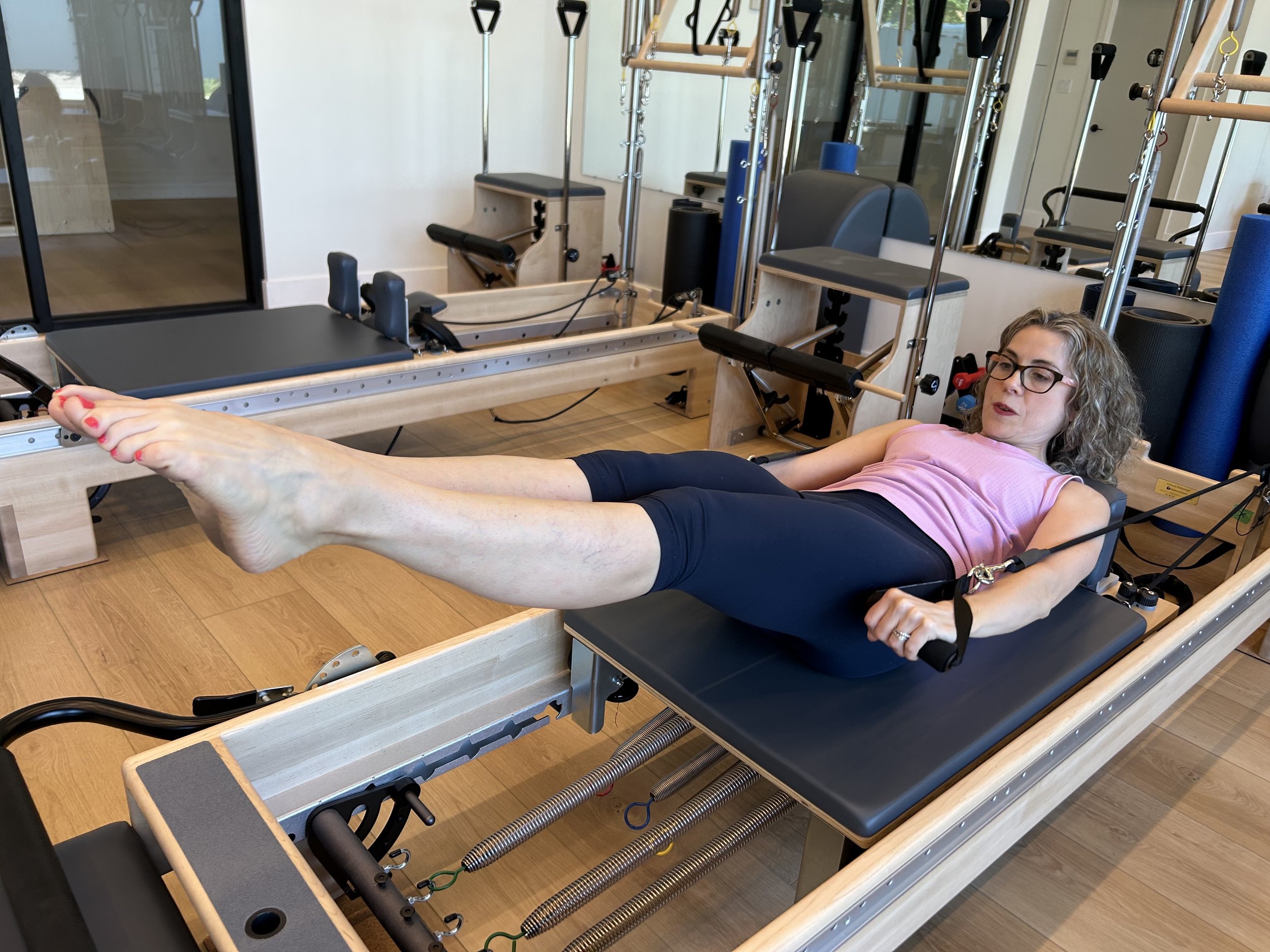
Pilates has the highest likelihood to reduce chronic low back pain
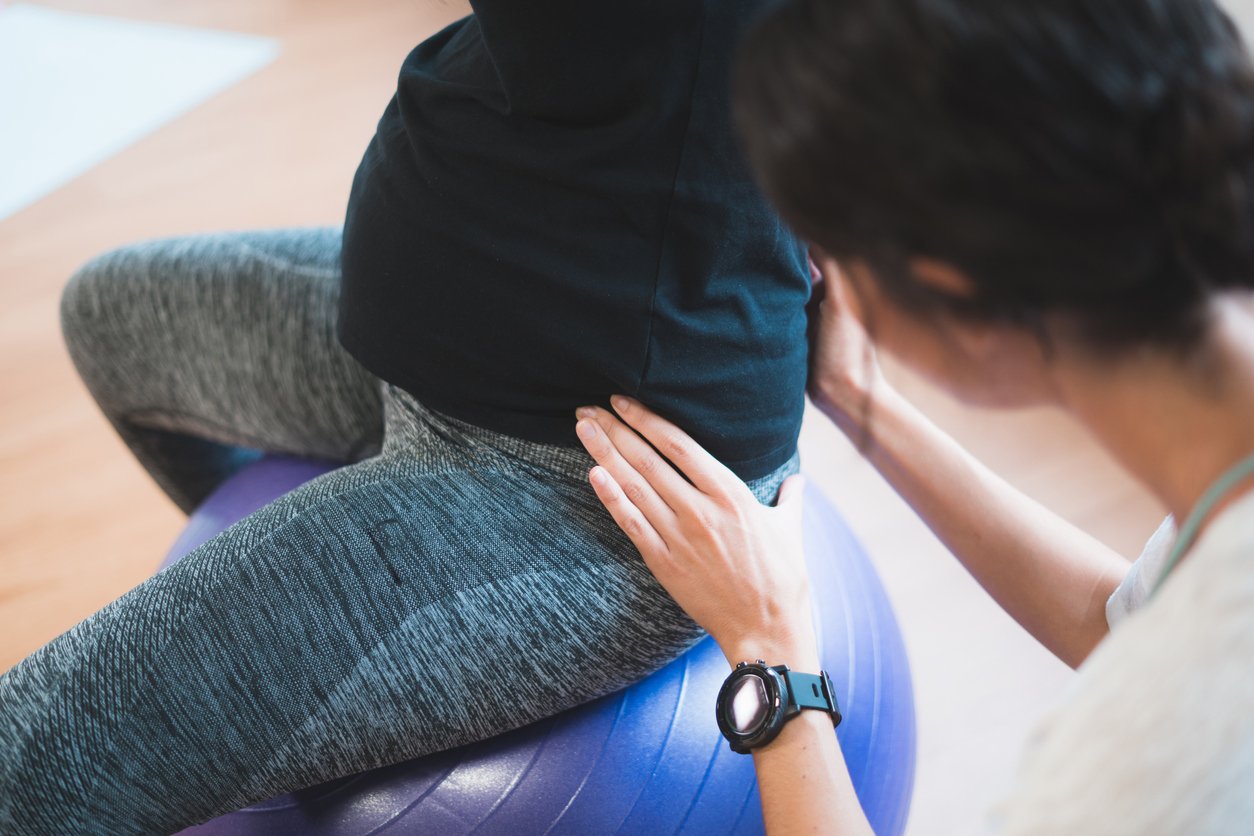
Prenatal & Postpartum Exercise

Chicken Spaghetti Squash Alfredo

Chicken Pad Thai

The Thermic Effect of Whole vs Processed Food
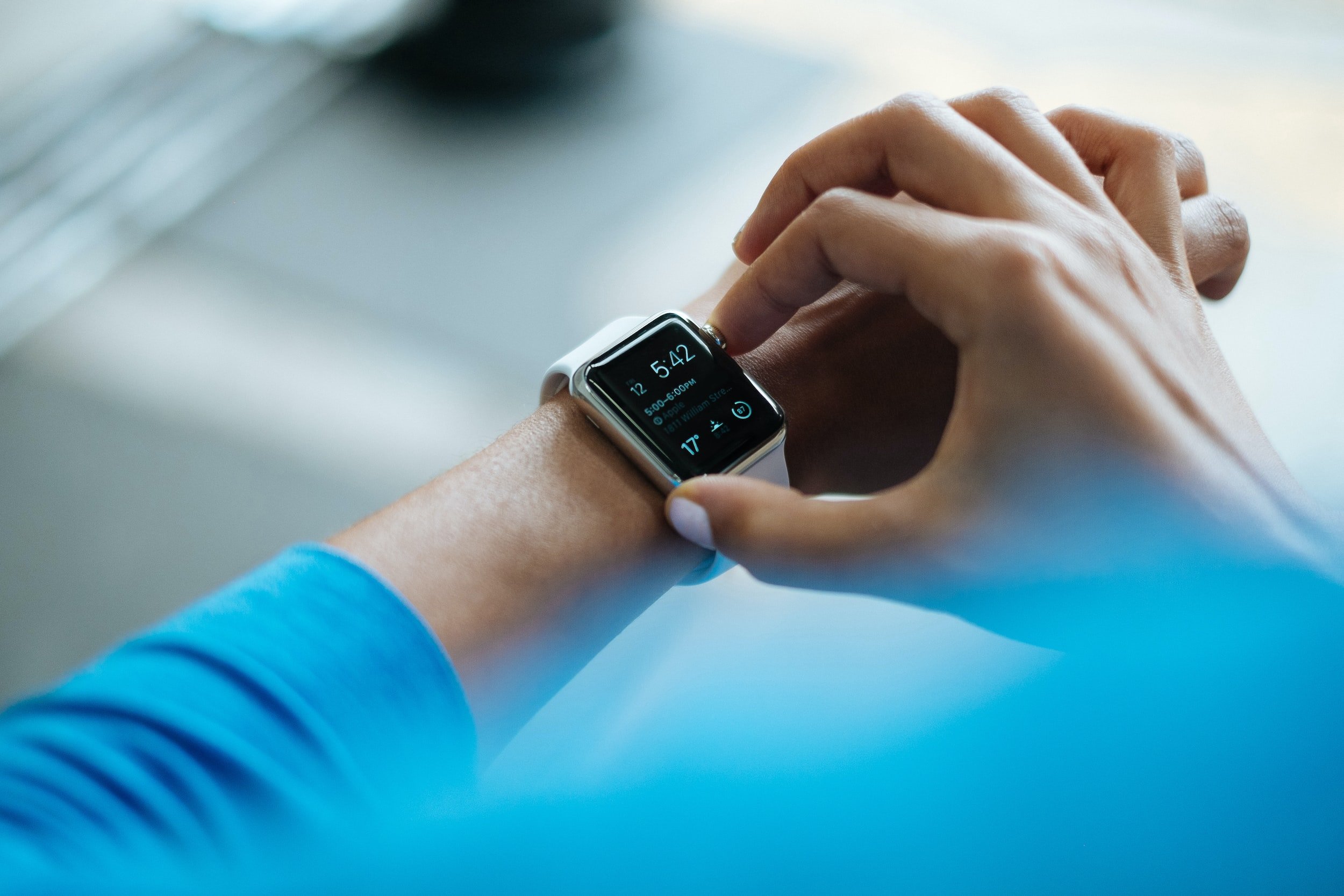
Focusing on Your Health & Wellness for Longevity
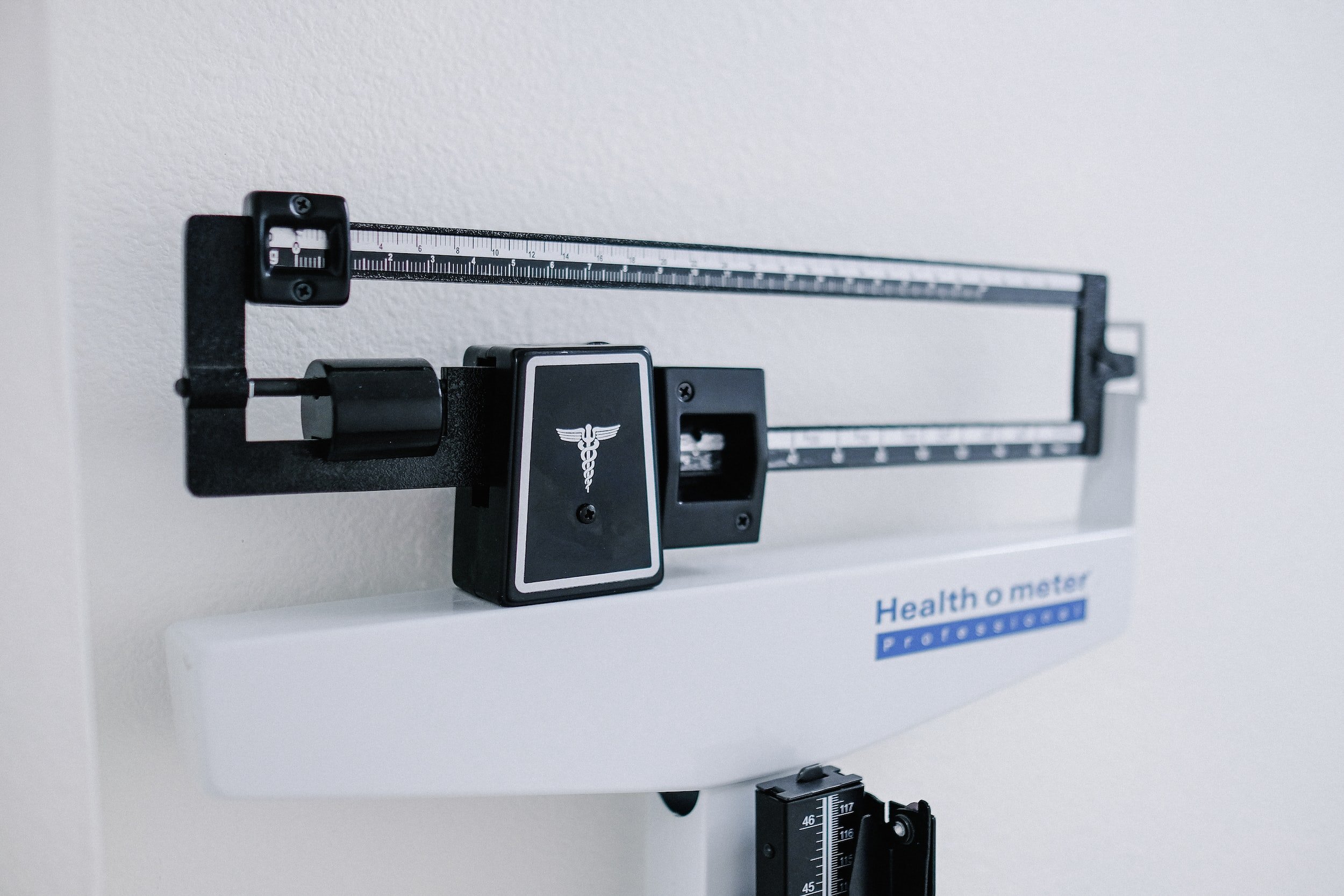
Using Macro Tracker Apps for Fat Loss – How Helpful are They?

Same Exercise Routine or Change It Up?

Gluten Free Dairy Free Banana Bread
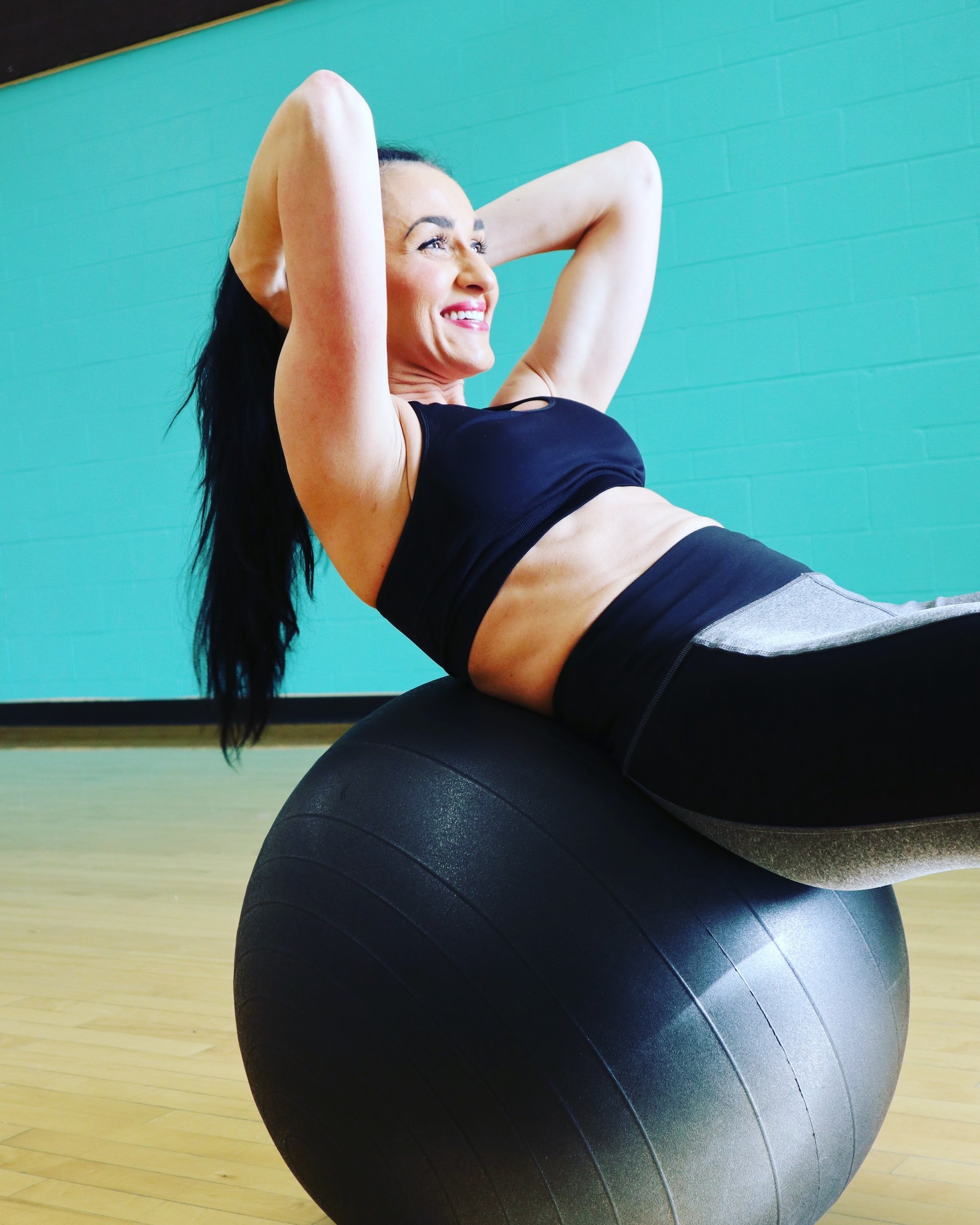
Strong core = reduced low back pain
One high quality article showed that after 6 weeks of mat Pilates training or 6 weeks training with Pilates equipment (equipment includes: tower or trapeze table, reformer, barrel, and chair), participants with chronic low back pain had similar improvements. However, with these participants the studies demonstrated that equipment based Pilates sessions showed better and longer lasting results than with mat Pilates. So while mat Pilates is definitely amazing, several studies report that equipment Pilates produces superior results. AMAZING!
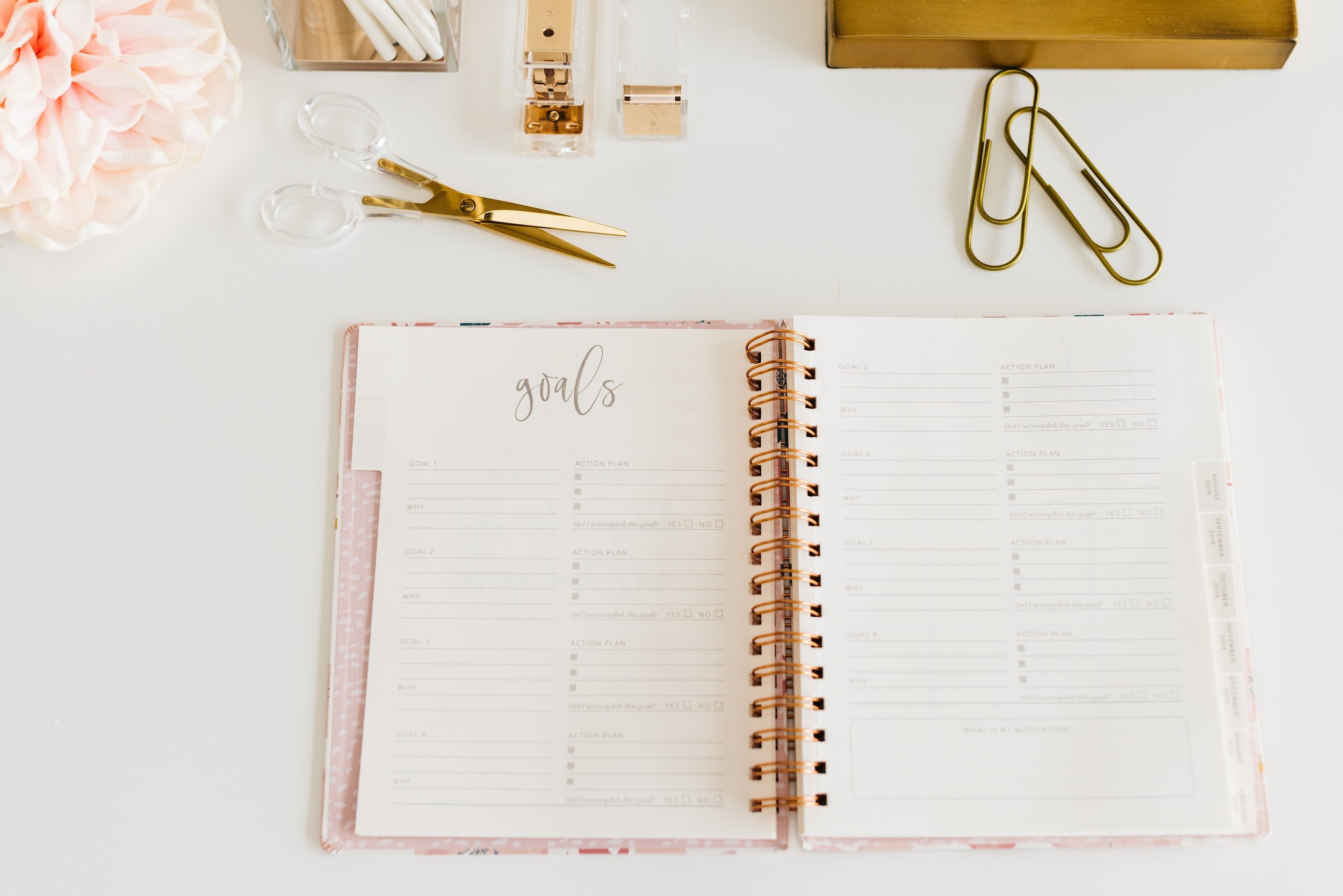
Goal Setting and It’s Importance

Exercise Reduces Stress
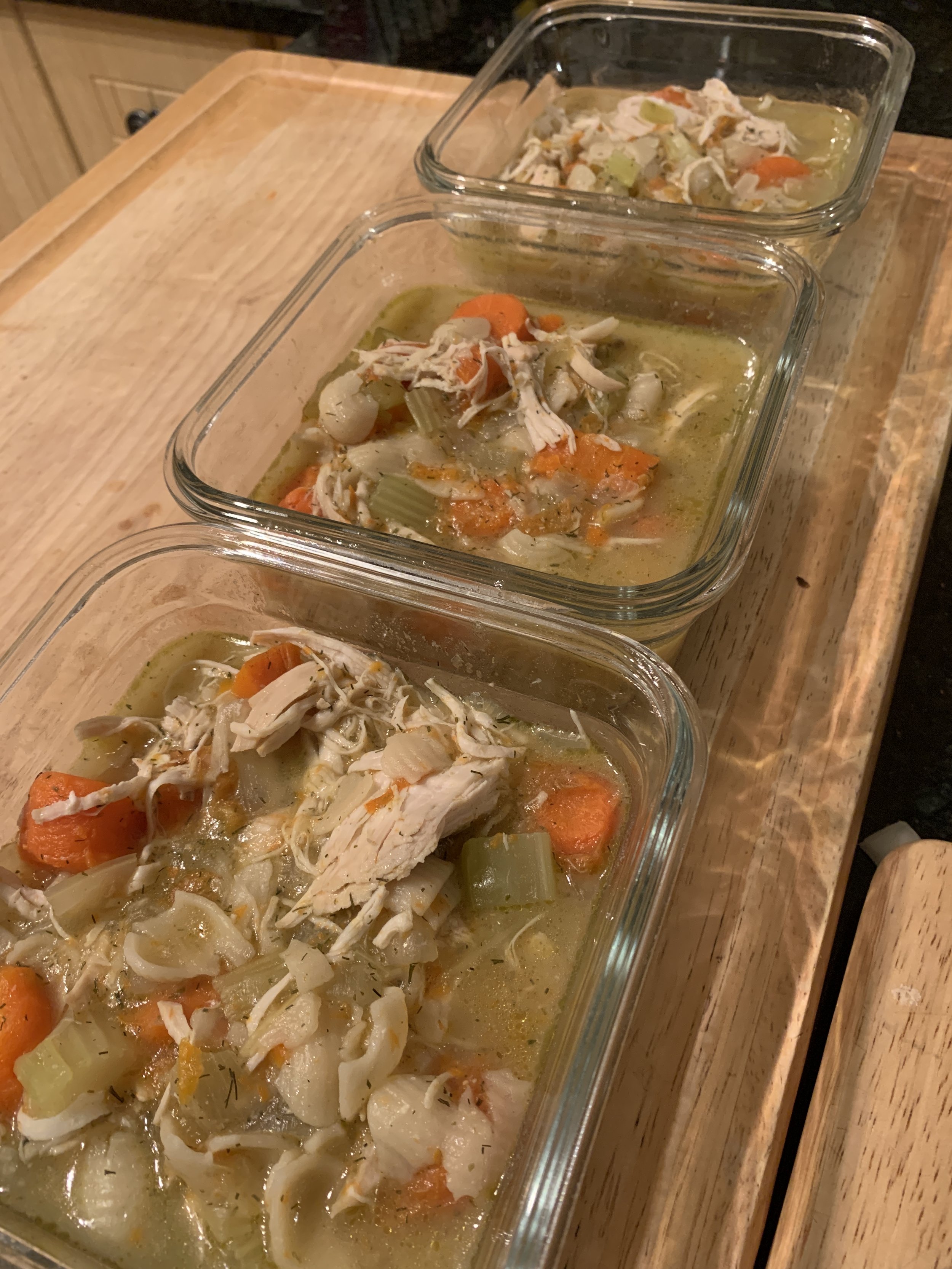
High Protein Chicken Noodle Soup

3 Quick and Easy Tips to Reach Your Goal
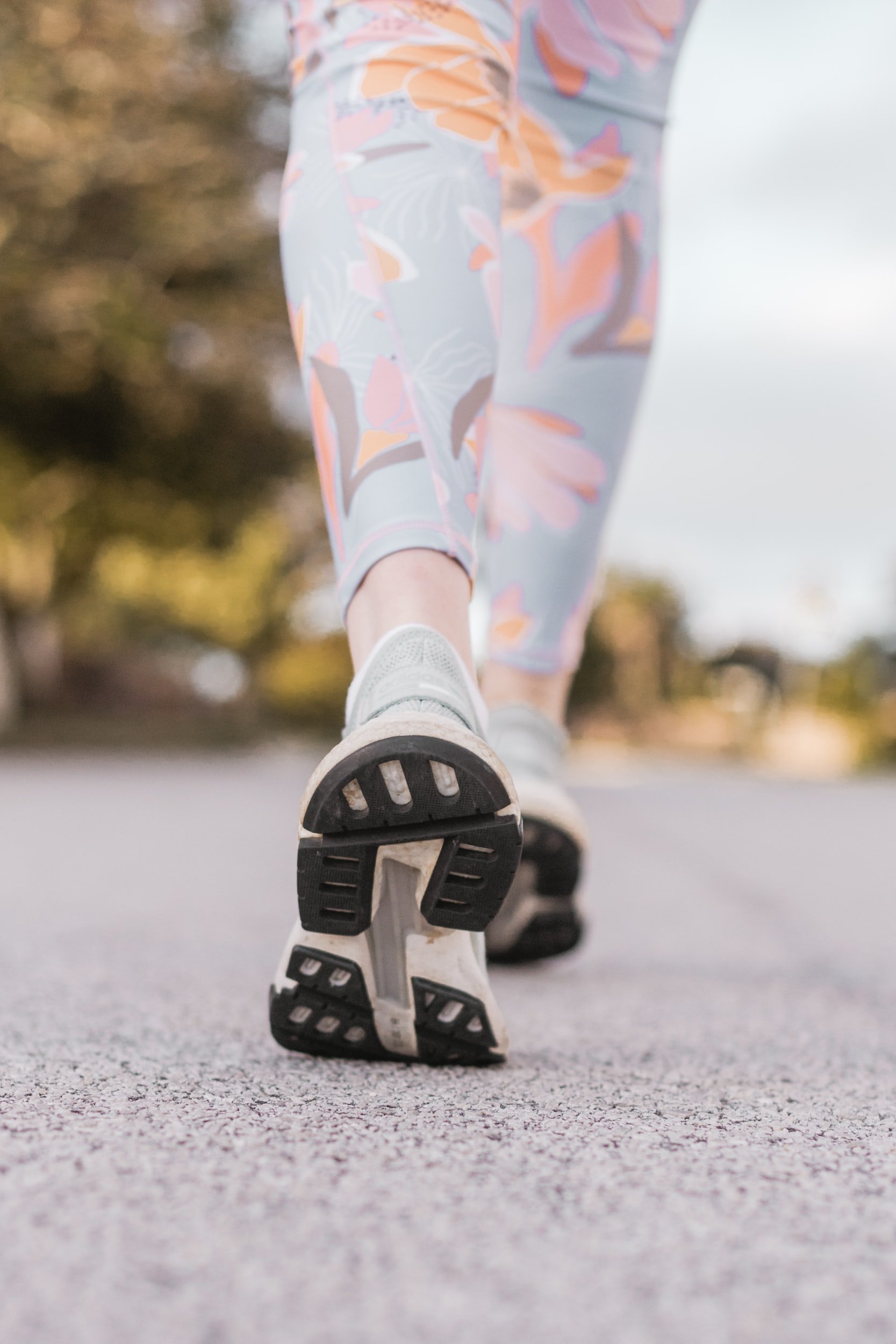
Boost Immunity with Exercise
Amazing news! 43% of participants who reported 5 days of physical activity per week had significantly reduced days of URTI compared to largely sedentary participants who exercised less than 1 day per week. And when the higher physical active group did get an URTI the severity of symptoms were 32-41% less.

Older Adults Need to Exercise
There is overwhelming evidence that supports the benefits of physical activity for the older adult population.

Reduce Neck & Shoulder Pain with Four Exercises
There were four specific exercises chosen for the participants of the study to perform daily. 2 sets of 12 reps for each exercise. One rest day a week (Sunday). Exercises are challenging where you are 0-2 reps shy of failure. Equipment: resistance band
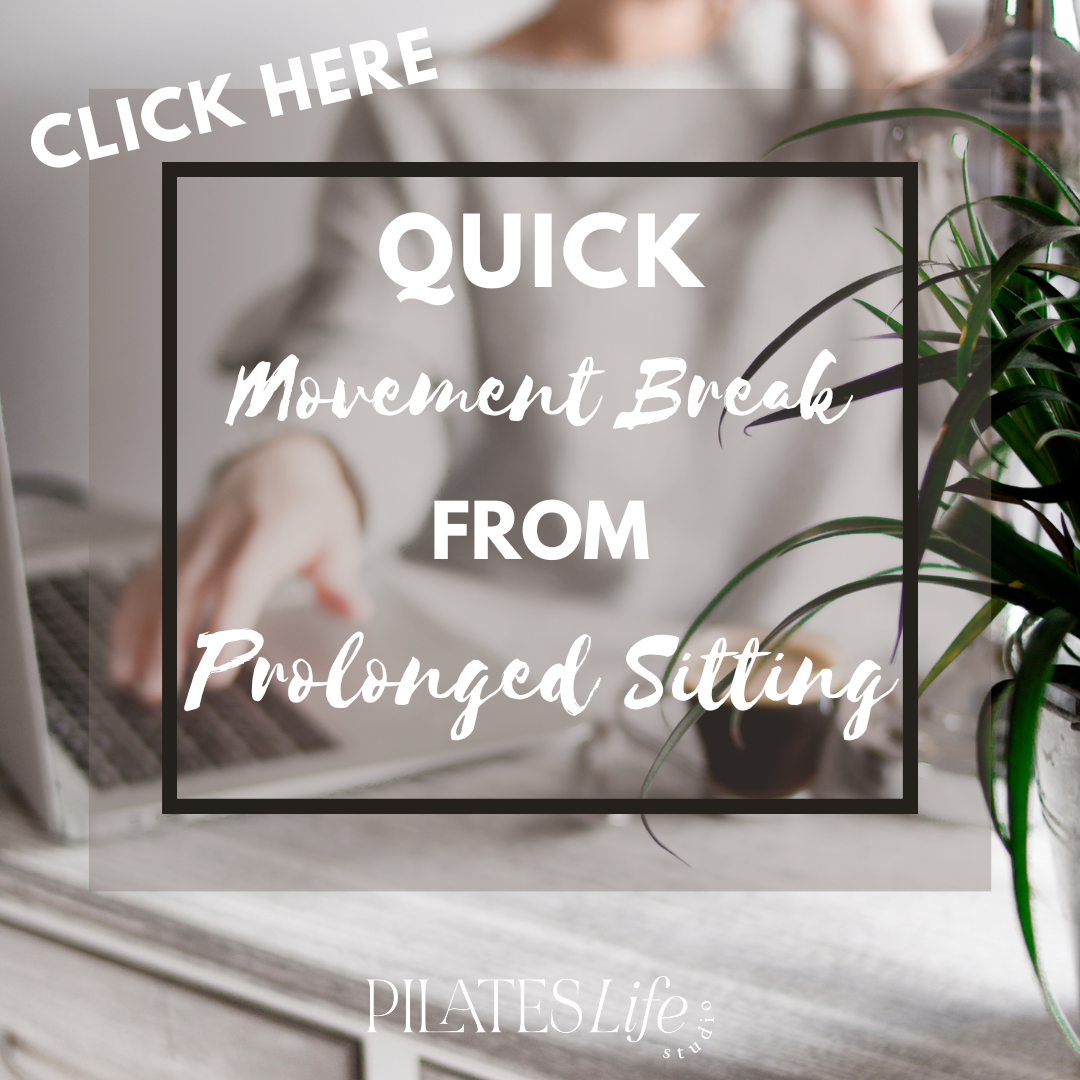
Movement Breaks During Prolonged Sitting

Expanding the Guidelines

Neutral vs Imprint
While neutral spine works well for many exercises—like lunges, bird dog, foot work, feet in straps—for many clients I often cue slightly imprinted spine for certain Pilates movements. Each client’s lordotic curve in their low back is unique, so this rule is not for everyone, but from my experience most benefit from an imprinted spine, especially in chest lifts and when legs are not being supported.
